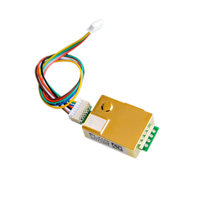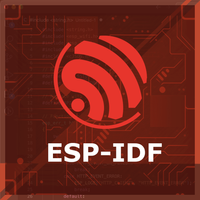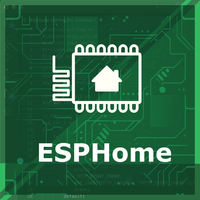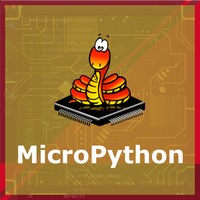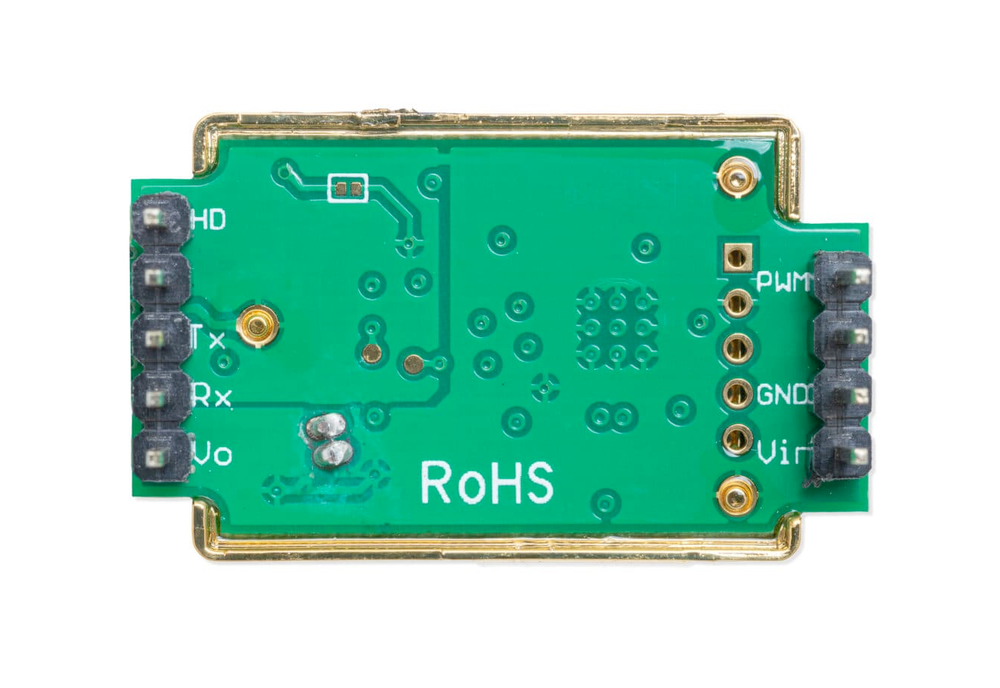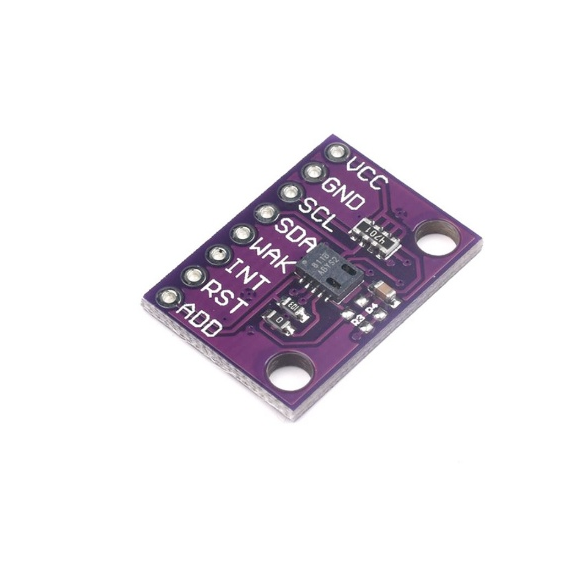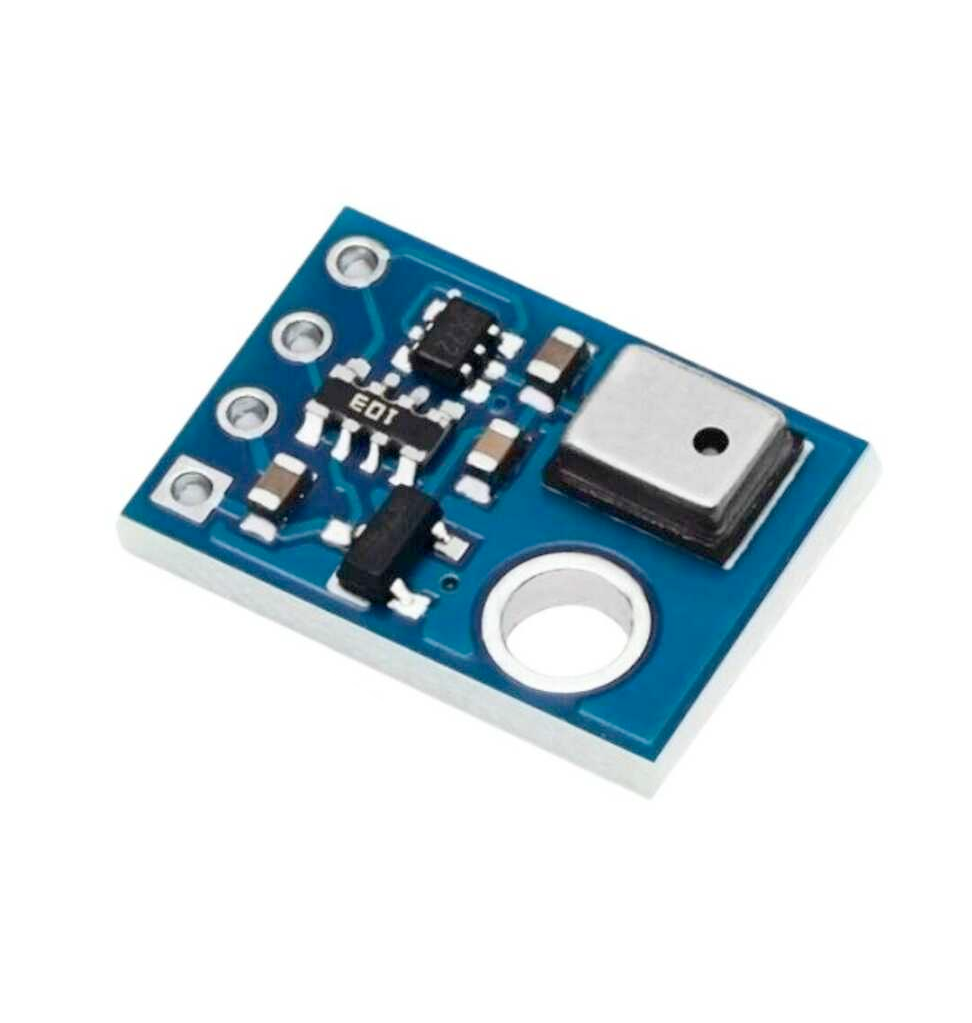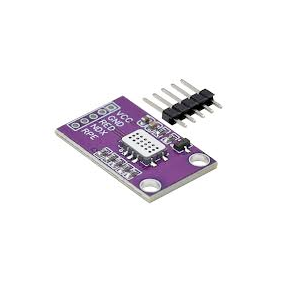ESP32 MH-Z19 NDIR CO₂ Sensor
Overview
The MH-Z19 is a high-accuracy CO₂ sensor using NDIR technology, suitable for air quality monitoring. It supports UART and PWM communication, with a detection range up to 2000 ppm (optionally 5000 ppm). Its compact design and long lifespan make it ideal for HVAC and indoor air quality systems.
About MH-Z19 NDIR CO₂ Sensor
The MH-Z19 is a Non-Dispersive Infrared (NDIR) CO₂ sensor designed for precise carbon dioxide (CO₂) measurement. With high sensitivity, selectivity, and a long lifespan, it is ideal for HVAC systems, indoor air quality monitoring, and industrial applications.
⚡ Key Features
- NDIR Technology – Ensures accurate CO₂ detection with minimal interference.
- Flexible Data Output – Supports both UART and PWM communication.
- Long Lifespan & High Stability – Reliable for continuous air quality monitoring.
- Ideal for Smart Air Quality Systems – Commonly used in HVAC, greenhouses, and CO₂ monitoring devices.
For VOC and multi-gas detection, consider the CCS811, which detects TVOCs and eCO₂. 🚀
The MH-Z19 offers a detection range of 0 to 2000 ppm (extendable to 5000 ppm upon request) with an accuracy of ±50 ppm + 5% of the reading. It also includes temperature compensation for reliable readings under varying environmental conditions. Compact in design, it is easy to integrate into a variety of projects.
Where to Buy



Prices are subject to change. We earn from qualifying purchases as an Amazon Associate.
Technical Specifications
Pinout Configuration
The VCC pin is used to supply power to the sensor, and it typically requires 3.3V or 5V (refer to the datasheet for specific voltage requirements). The GND pin is the ground connection and must be connected to the ground of your ESP32.
The MH-Z19 pinout is as follows:
- Pin 1 (Vout): 3.3V output (max 10mA).
- Pin 2 (RXD): UART receive input (3.3V logic).
- Pin 3 (TXD): UART transmit output (3.3V logic).
- Pin 4 (SR): Factory reserved.
- Pin 5 (HD): Zero calibration input (pull low for >7s).
- Pin 6 (Vin): Power supply input (3.6V to 5.5V).
- Pin 7 (GND): Ground.
- Pin 8 (AOT): Factory reserved.
- Pin 9 (PWM): PWM output for CO₂ concentration.
Wiring with ESP32
Vin to a 5V power supply, GND to ground, TXD to the microcontroller's RX pin, and RXD to the microcontroller's TX pin. Ensure the microcontroller's logic levels are compatible with the sensor's 3.3V UART interface. Use a level shifter if necessary for voltage matching.Troubleshooting Guide
Common Issues
❌ Sensor Initialization Failure
Issue: The MH-Z19 sensor fails to initialize, resulting in errors such as: MHZ19: Invalid preamble from MHZ19!.
Possible causes include incorrect wiring connections, incompatible serial communication settings, or insufficient power supply.
Solution: Verify that the sensor's TX and RX pins are correctly connected to the corresponding RX and TX pins on the microcontroller. Ensure that the serial communication parameters (baud rate, data bits, etc.) match between the sensor and the microcontroller. Provide a stable 5V power supply to the sensor, as it requires 4.5V to 5.5V for proper operation.
⚠️ Consistent High CO2 Readings
Issue: The sensor outputs a constant high CO2 concentration value, such as 5000 ppm, which is the maximum measurable value.
Possible causes include sensor calibration issues, exposure to high concentrations of CO2 during startup, or faulty sensor hardware.
Solution: Perform a zero-point calibration in a fresh air environment (approximately 400 ppm CO2) to reset the sensor's baseline. Ensure the sensor is exposed to clean air during initialization to prevent incorrect baseline calibration. If the issue persists, consider replacing the sensor, as it may be defective.
🌡️ Inaccurate CO2 Readings
🌡️ Inaccurate CO2 Readings
Issue: The MH-Z19 sensor provides CO2 readings that are significantly higher or lower than expected.
Possible causes include incorrect calibration, interference from other gases, or environmental factors.
Solution: Check the sensor's calibration status and perform a manual calibration if necessary. Place the sensor in an environment with clean air to establish a proper baseline. Avoid placing the sensor near sources of volatile organic compounds (VOCs) or other gases that may interfere with CO2 measurements.
🔌 Serial Communication Errors
Issue: Serial communication with the MH-Z19 sensor fails, resulting in errors such as: Timeout waiting for response.
Possible causes include incorrect baud rate settings, reversed TX/RX connections, or noisy serial lines.
Solution: Confirm the baud rate used by the sensor (typically 9600 or 19200) and match it with the microcontroller's serial port settings. Double-check the TX and RX connections to ensure they are not swapped. Use short, high-quality cables to minimize noise on the serial lines.
Debugging Tips
🔍 Serial Monitor
Use the Serial Monitor to check for error messages and verify the sensor's output. Add debug prints in your code to track the sensor's state.
⚡ Voltage Checks
Use a multimeter to verify voltage levels and check for continuity in your connections. Ensure the power supply is stable and within the sensor's requirements.
Additional Resources
Code Examples
Arduino Example
#include <SoftwareSerial.h>
SoftwareSerial mySerial(10, 11); // RX, TX
void setup() {
Serial.begin(9600);
mySerial.begin(9600);
}
void loop() {
byte cmd[9] = {0xFF, 0x01, 0x86, 0x00, 0x00, 0x00, 0x00, 0x00, 0x79};
mySerial.write(cmd, 9);
delay(500);
if (mySerial.available()) {
byte response[9];
mySerial.readBytes(response, 9);
if (response[0] == 0xFF && response[1] == 0x86) {
int CO2 = (response[2] << 8) + response[3];
Serial.print("CO2 Concentration: ");
Serial.print(CO2);
Serial.println(" ppm");
}
}
delay(2000);
}ESP-IDF Example
#include <stdio.h>
#include "driver/uart.h"
#include "freertos/FreeRTOS.h"
#include "freertos/task.h"
#define UART_NUM UART_NUM_1
#define TXD_PIN (GPIO_NUM_17)
#define RXD_PIN (GPIO_NUM_16)
void app_main(void) {
const uart_config_t uart_config = {
.baud_rate = 9600,
.data_bits = UART_DATA_8_BITS,
.parity = UART_PARITY_DISABLE,
.stop_bits = UART_STOP_BITS_1,
.flow_ctrl = UART_HW_FLOWCTRL_DISABLE
};
uart_param_config(UART_NUM, &uart_config);
uart_set_pin(UART_NUM, TXD_PIN, RXD_PIN, UART_PIN_NO_CHANGE, UART_PIN_NO_CHANGE);
uart_driver_install(UART_NUM, 256, 0, 0, NULL, 0);
uint8_t cmd[9] = {0xFF, 0x01, 0x86, 0x00, 0x00, 0x00, 0x00, 0x00, 0x79};
uint8_t response[9];
while (1) {
uart_write_bytes(UART_NUM, (const char *)cmd, 9);
vTaskDelay(pdMS_TO_TICKS(500));
int len = uart_read_bytes(UART_NUM, response, 9, pdMS_TO_TICKS(1000));
if (len == 9 && response[0] == 0xFF && response[1] == 0x86) {
int CO2 = (response[2] << 8) | response[3];
printf("CO2 Concentration: %d ppm\n", CO2);
}
vTaskDelay(pdMS_TO_TICKS(2000));
}
}ESPHome Example
uart:
tx_pin: GPIO17
rx_pin: GPIO16
baud_rate: 9600
sensor:
- platform: mhz19
co2:
name: "MH-Z19 CO2"
temperature:
name: "MH-Z19 Temperature"
update_interval: 60sPlatformIO Example
platformio.ini
[env:esp32dev]
platform = espressif32
board = esp32dev
framework = arduino
monitor_speed = 115200PlatformIO Example Code
#include <MHZ19.h>
#include <SoftwareSerial.h>
SoftwareSerial mySerial(16, 17); // RX, TX
MHZ19 myMHZ19;
void setup() {
Serial.begin(115200);
mySerial.begin(9600);
myMHZ19.begin(mySerial);
myMHZ19.autoCalibration();
}
void loop() {
int co2 = myMHZ19.getCO2();
float temp = myMHZ19.getTemperature();
if (co2 > 0) {
Serial.print("CO2 Concentration: ");
Serial.print(co2);
Serial.println(" ppm");
} else {
Serial.println("Error reading CO2 concentration");
}
Serial.print("Temperature: ");
Serial.print(temp);
Serial.println(" °C");
delay(5000);
}MicroPython Example
from machine import UART, Pin
import time
uart = UART(2, baudrate=9600, tx=Pin(17), rx=Pin(16))
cmd = bytearray([0xFF, 0x01, 0x86, 0x00, 0x00, 0x00, 0x00, 0x00, 0x79])
def read_co2():
uart.write(cmd)
time.sleep(0.1)
if uart.any():
response = uart.read(9)
if len(response) == 9 and response[0] == 0xFF and response[1] == 0x86:
co2 = (response[2] << 8) | response[3]
return co2
return None
while True:
co2 = read_co2()
if co2 is not None:
print(f"CO2 Concentration: {co2} ppm")
else:
print("Error reading CO2 concentration")
time.sleep(2)Conclusion
The ESP32 MH-Z19 NDIR CO₂ Sensor is a powerful Air Quality sensor that offers excellent performance and reliability. With support for multiple development platforms including Arduino, ESP-IDF, ESPHome, PlatformIO, and MicroPython, it's a versatile choice for your IoT projects.
For optimal performance, ensure proper wiring and follow the recommended configuration for your chosen development platform.
Always verify power supply requirements and pin connections before powering up your project to avoid potential damage.
